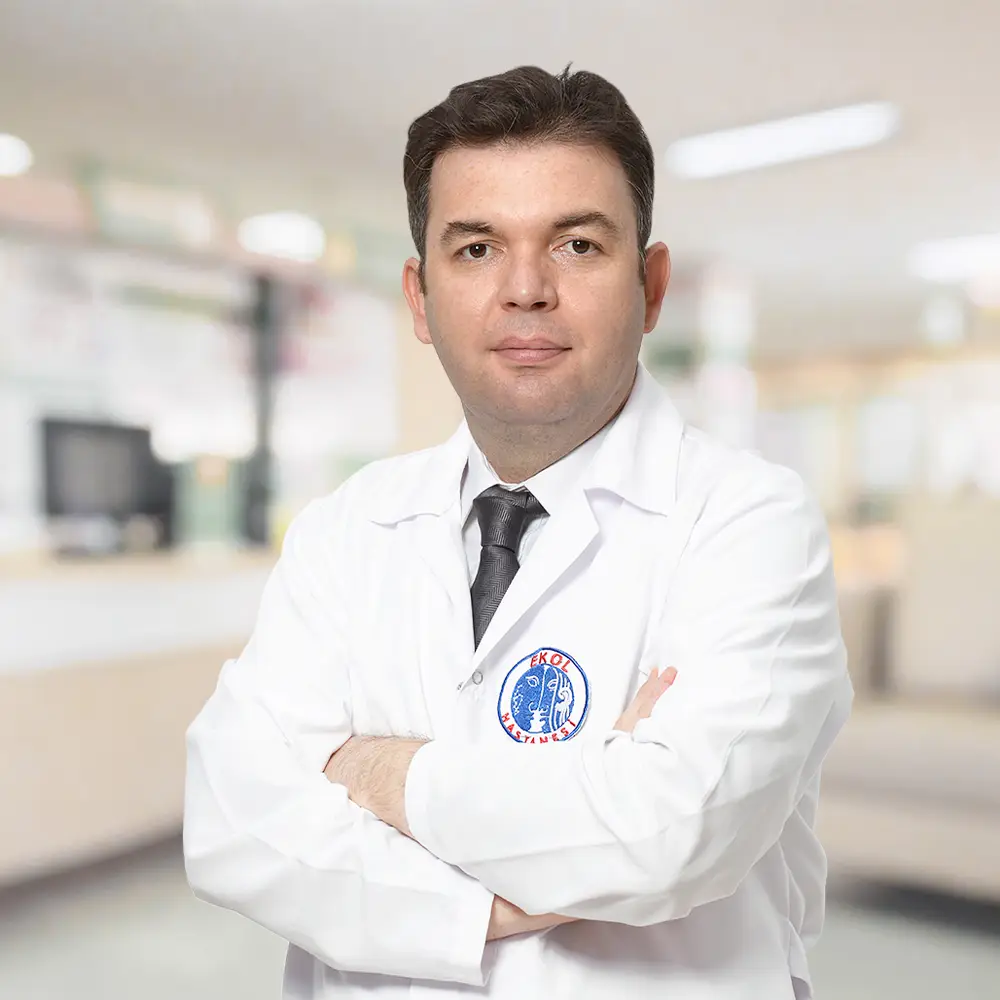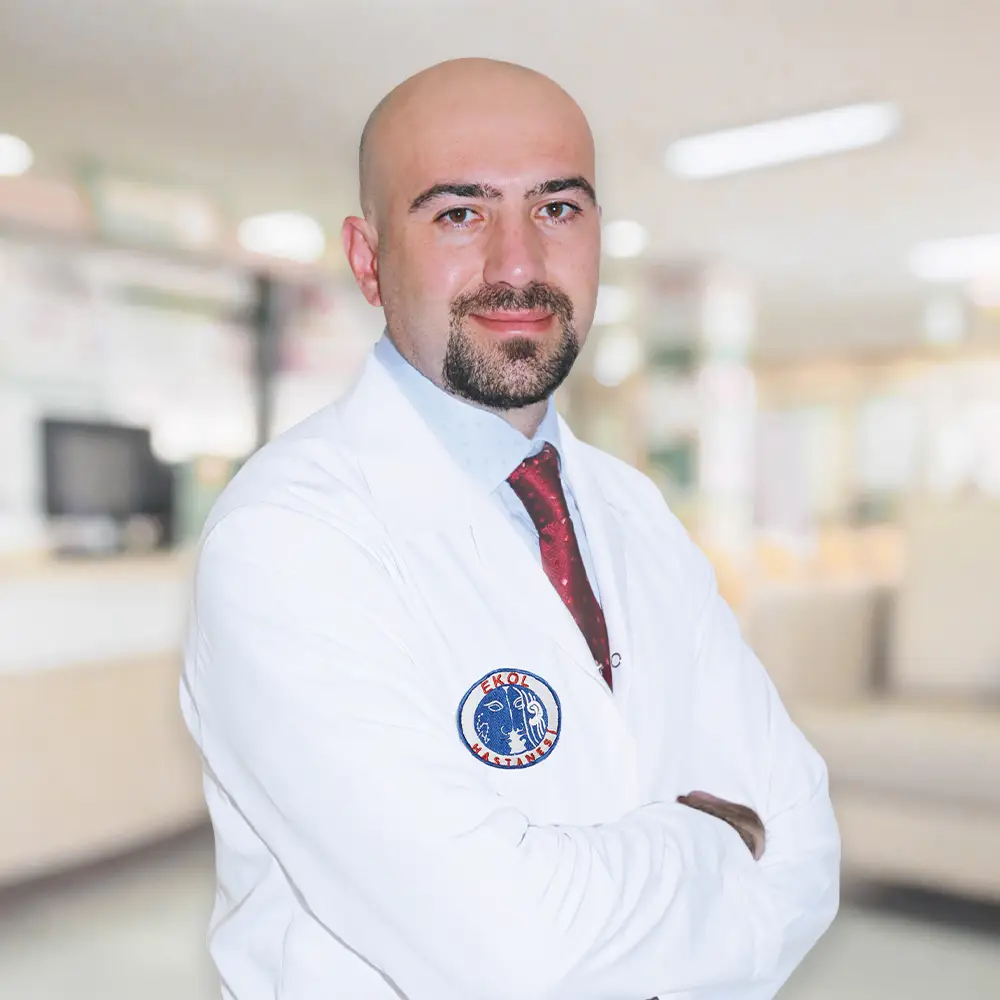Bichectomy, also known as buccal fat pad removal, is a surgical procedure that involves removing excess fat from the cheeks. The procedure is performed by making small incisions inside the mouth and removing a small amount of fat from the buccal fat pads, which are located on either side of the cheekbones.
Bichectomy, also known as buccal fat removal, is a cosmetic surgery procedure aimed at enhancing facial contours. It involves the removal of buccal fat pads, which are located in the lower cheeks. These fat pads can vary in size, and their removal can create a more sculpted, defined facial appearance, often desired for aesthetic reasons.
This procedure is particularly popular among individuals seeking to diminish the appearance of chubby cheeks, achieving a more chiseled look. The surgery is relatively simple and is performed under local anesthesia.
It typically involves small incisions inside the mouth, ensuring no visible external scars. While generally safe, as with any surgical procedure, bichectomy carries risks and potential complications. It's crucial for candidates to have realistic expectations and to consult with a qualified plastic surgeon.
Bichectomy is a cosmetic surgical procedure designed to improve facial aesthetics by reducing the size of the buccal fat pads located in the lower cheeks. These fat pads, also called Bichat fat pads, contribute to the fullness of the cheeks. The procedure works as follows:
It's important to note that the amount of fat removed and the specific techniques used may vary from patient to patient, depending on their individual goals and facial anatomy. Bichectomy is a relatively straightforward procedure, and while it provides noticeable results, it's essential to choose a skilled and experienced plastic surgeon to minimize risks and achieve the desired outcome. Additionally, it's crucial to have realistic expectations regarding the final appearance, as the procedure is designed to enhance facial contours, not drastically change your overall facial structure.
Here are some criteria that can help determine who is a suitable candidate for bichectomy:
It's essential to consult with a qualified surgeon who can evaluate your unique situation and provide expert guidance on whether bichectomy is the right choice for you. Keep in mind that bichectomy is a cosmetic procedure, and the decision to undergo it should be made carefully after considering all relevant factors.
One of the advantages of bichectomy, also known as buccal fat removal, is that there are typically no visible external scars after the procedure. This is because the surgeon makes small incisions on the inside of the mouth, specifically within the cheek area, near the back molars.
These incisions are strategically placed to ensure they are not visible from the outside. As a result, you won't have any noticeable scars on your face or cheeks.
The incisions are made on the inner side of the cheeks to access and remove the buccal fat pads, which are responsible for the fullness of the lower cheeks. Since the incisions are located inside the mouth, they remain hidden, and there is no need for stitches to be removed, as dissolvable sutures or surgical glue are typically used.
However, it's important to keep in mind that while there are no visible external scars, there will still be internal healing taking place.
During the recovery period, you may experience some mild discomfort, swelling, and possible bruising inside your mouth, but these are temporary and part of the normal healing process. Following your surgeon's post-operative care instructions will help minimize any potential complications and ensure a smooth recovery without any visible scarring.
The results of bichectomy, also known as buccal fat removal, are generally considered to be permanent. Once the buccal fat pads are surgically removed, they do not grow back. This means that the reduction in cheek fullness achieved through bichectomy should be long-lasting.
However, it's important to note that while the fat pads do not return, the overall appearance of your face can still change over time due to factors such as aging and lifestyle choices. Here are some considerations regarding the long-term results of bichectomy:
While the results of bichectomy are considered permanent in terms of fat reduction in the treated area, it's important to have realistic expectations and understand that your overall facial appearance may evolve over the years. Regular communication with your surgeon and a commitment to a healthy lifestyle can help you maintain the desired look for as long as possible.
 Operating Doctor Cenk Melikoğlu was born in Görele, in 1978. In 2002, he graduated from Dokuz Eylül University Faculty of Medicine. Between the years of 2003 and 2010, he did his specialization in İzmir Atatürk Training and Research Hospital, Aesthetic and Plastic Surgery Clinic. In 2015, he worked as a guest lecturer in the American Hospital of Paris. When abroad, he especially focused on the transfer of free vascular lymph nodes for lymphedema treatment, in the field of microsurgery. He participated in numerous training and meetings in this area. There are more than 30 articles in the literature, which were published in national and international journals. Since 2016, he has been working in İzmir Özel Ekol ENT Hospital in Aesthetic Plastic Surgery and Cosmology Clinic. He speaks English well. He is married and has one child.
His special interests are; Breast Aesthetics & Dual-Plan Method, Aesthetic nose surgery, Lymphedema surgery, Endoscopic facial stretching, Aesthetic body shaping surgery (abdominal stretching, liposuction, aesthetic breast surgery), Hair transplantation with FUE method, Migraine surgery, Gynecomastia correction, Genital aesthetics (especially penis enlargement), Lymphedema Treatment (Laser Assisted, With Microcannula Lymph Protective Method), Penis Enlargement (Length & Thickness Combined Method), Migraine Surgery (Closed Method with Scopy). He was entitled to receive the "Proficiency Certificate" by being successful in the examination, which was held by the Turkish Plastic Surgery Association in 2010. In 2015, he participated in a scientific competition by Gülhane Military Medical Academy with his study 'Saddle-nose deformity repair with micro-plate-adapted costal cartilage.’ He has won the first place in the field of surgical medicine. In 2018, he worked at Weiss Memorial Hospital in Chicago, USA for three months in April, May and June on advanced techniques on gender reassignment and penis enlargement in men. He is still continuing his academic and scientific studies.
Operating Doctor Cenk Melikoğlu was born in Görele, in 1978. In 2002, he graduated from Dokuz Eylül University Faculty of Medicine. Between the years of 2003 and 2010, he did his specialization in İzmir Atatürk Training and Research Hospital, Aesthetic and Plastic Surgery Clinic. In 2015, he worked as a guest lecturer in the American Hospital of Paris. When abroad, he especially focused on the transfer of free vascular lymph nodes for lymphedema treatment, in the field of microsurgery. He participated in numerous training and meetings in this area. There are more than 30 articles in the literature, which were published in national and international journals. Since 2016, he has been working in İzmir Özel Ekol ENT Hospital in Aesthetic Plastic Surgery and Cosmology Clinic. He speaks English well. He is married and has one child.
His special interests are; Breast Aesthetics & Dual-Plan Method, Aesthetic nose surgery, Lymphedema surgery, Endoscopic facial stretching, Aesthetic body shaping surgery (abdominal stretching, liposuction, aesthetic breast surgery), Hair transplantation with FUE method, Migraine surgery, Gynecomastia correction, Genital aesthetics (especially penis enlargement), Lymphedema Treatment (Laser Assisted, With Microcannula Lymph Protective Method), Penis Enlargement (Length & Thickness Combined Method), Migraine Surgery (Closed Method with Scopy). He was entitled to receive the "Proficiency Certificate" by being successful in the examination, which was held by the Turkish Plastic Surgery Association in 2010. In 2015, he participated in a scientific competition by Gülhane Military Medical Academy with his study 'Saddle-nose deformity repair with micro-plate-adapted costal cartilage.’ He has won the first place in the field of surgical medicine. In 2018, he worked at Weiss Memorial Hospital in Chicago, USA for three months in April, May and June on advanced techniques on gender reassignment and penis enlargement in men. He is still continuing his academic and scientific studies. He graduated from Eskişehir Osmangazi University Faculty of Medicine in 2008. He studied at Kaunas Medical Faculty between the years 2007 and 2008. He completed his specialization on Plastic, Reconstructive and Aesthetic Surgery Department at Afyon Kocatepe University between the years 2009 and 2014. He has 5 original articles published in national and international scientific journals, and 13 verbal and written academic papers presented in national congresses. He continues the academic studies. He received the competence certificate of Turkish Plastic Reconstructive and Aesthetic Surgery after his success in the exam in 2016. He did well in European Plastic Surgery Competence Written Exam that took place in Brussels in 2019.
Fields of Interest: Rhinoplasty Neck lift surgery, Face lift Surgery, Otoplasty, Tummy tuck, Liposuction, Breast augmentation / reduction / mastopexy, Gynecomastia, Genital aesthetics, Blepharoplasty, Lipoedema surgery, Penis enlargement (lengthening and thickening surgery), Fat injections
He graduated from Eskişehir Osmangazi University Faculty of Medicine in 2008. He studied at Kaunas Medical Faculty between the years 2007 and 2008. He completed his specialization on Plastic, Reconstructive and Aesthetic Surgery Department at Afyon Kocatepe University between the years 2009 and 2014. He has 5 original articles published in national and international scientific journals, and 13 verbal and written academic papers presented in national congresses. He continues the academic studies. He received the competence certificate of Turkish Plastic Reconstructive and Aesthetic Surgery after his success in the exam in 2016. He did well in European Plastic Surgery Competence Written Exam that took place in Brussels in 2019.
Fields of Interest: Rhinoplasty Neck lift surgery, Face lift Surgery, Otoplasty, Tummy tuck, Liposuction, Breast augmentation / reduction / mastopexy, Gynecomastia, Genital aesthetics, Blepharoplasty, Lipoedema surgery, Penis enlargement (lengthening and thickening surgery), Fat injections  He was born in 1990 in Isparta.
He studied at Ankara University Faculty of Medicine between 2008-2015.
Between 2016 and 2022, he graduated from Dokuz Eylül Faculty of Medicine, Department of Plastic, Reconstructive and Aesthetic Surgery.
He worked at Izmir Bozyaka EAH, Düzce Atatürk DH and Isparta City Hospital.
He is a member of Izmir Medical Chamber and Plastic Surgery Association.
Fields of Interest:
Rhinoplasty Neck lift surgery, Face lift Surgery, Otoplasty, Tummy tuck, Liposuction, Breast augmentation / reduction / mastopexy, Gynecomastia, Genital aesthetics, Blepharoplasty, Lipoedema surgery, Penis enlargement (lengthening and thickening surgery), Fat injections
He was born in 1990 in Isparta.
He studied at Ankara University Faculty of Medicine between 2008-2015.
Between 2016 and 2022, he graduated from Dokuz Eylül Faculty of Medicine, Department of Plastic, Reconstructive and Aesthetic Surgery.
He worked at Izmir Bozyaka EAH, Düzce Atatürk DH and Isparta City Hospital.
He is a member of Izmir Medical Chamber and Plastic Surgery Association.
Fields of Interest:
Rhinoplasty Neck lift surgery, Face lift Surgery, Otoplasty, Tummy tuck, Liposuction, Breast augmentation / reduction / mastopexy, Gynecomastia, Genital aesthetics, Blepharoplasty, Lipoedema surgery, Penis enlargement (lengthening and thickening surgery), Fat injections  He was born in 1987 in Trabzon.
He graduated from Karadeniz Technical University Faculty of Medicine between 2008-2015.
He worked as a general practitioner at Fındıklı Guatr Training and Research Hospital and Pazar State Hospital.
Between 2014-2021, he received the title of plastic, reconstructive and aesthetic surgery specialist at İnönü University Turgut Özal Medical Center.
In 2021, he worked at Bayburt State Hospital and Bergama Necla-Mithat Öztüre State Hospital in 2022.
He worked in private hospitals between 2022-2023.
He is a member of Izmir Medical Chamber and Plastic Surgery Association.
He was born in 1987 in Trabzon.
He graduated from Karadeniz Technical University Faculty of Medicine between 2008-2015.
He worked as a general practitioner at Fındıklı Guatr Training and Research Hospital and Pazar State Hospital.
Between 2014-2021, he received the title of plastic, reconstructive and aesthetic surgery specialist at İnönü University Turgut Özal Medical Center.
In 2021, he worked at Bayburt State Hospital and Bergama Necla-Mithat Öztüre State Hospital in 2022.
He worked in private hospitals between 2022-2023.
He is a member of Izmir Medical Chamber and Plastic Surgery Association.